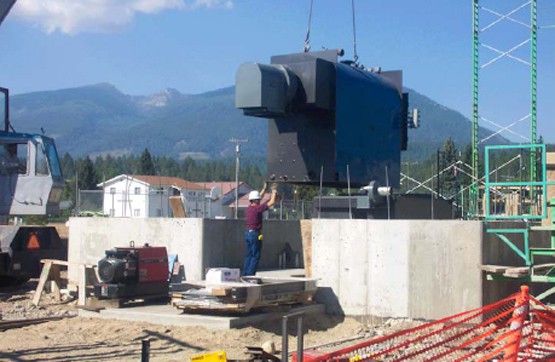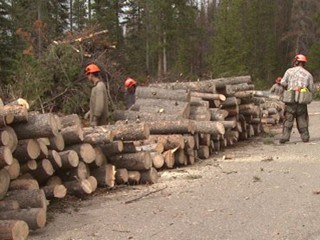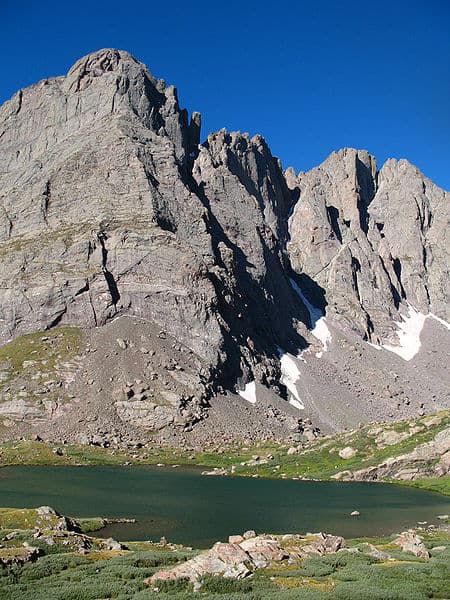This article is provided thanks to the good folks at the Society of American Foresters (SAF) and the Forestry Source.
Here’s Five Buttes 9th Circuit Appeal – Text-1 the article.
And a quote:
Cumulative Effects
Michael Mortimer, director of the Natural Resources Program at Virginia Polytechnic Institute and State University, is working on a study of judicial deference to agency expertise in cases against the US Forest Service in US district and appeals courts. The Five Buttes case, he said, is a good example of how the court had “reset the bar” to the appropriate legal standard for deference to agencies. However, the court engaged in the same level of fine-grained analysis of scientific and procedural detail that the court addressed in Lands Council.“I see both the majority and dissenting opinions getting into what I think is fairly high-resolution detail on many of the issues that the agency dealt with in the case,” he said. “This notion of judicial deference can be a little bit of a trap. In court cases like these you have competing expert opinions, facts that may be presented out of context, and inherently complex scientific issues, so even if the court gives a high level of deference to the agency, they are tempted to get into the details of what the agency did, wading through agency science and process.”
Such was the case with the agency’s analysis of the cumulative effects of the Five Buttes project.
“Cumulative effects is a difficult scientific concept, it’s a difficult administrative concept, and it’s a difficult legal standard to define. And yet, both the majority opinion and the dissent were focused on cumulative effects analysis,” Mortimer said. “Instead of simply determining whether or not the agency had examined cumulative effects, the court looked at exactly what the agency did, what actions it took, how many pages they devoted to it, and so on. It’s a little troubling to see a court trying to unpack the adequacy of this type of analysis, because that’s inherently a very difficult thing for a court to get its head around.”
The Forestry Source- This is my favorite SAF publication and often has articles of interest. You don’t have to be a member of SAF to subscribe. Anyone wishing to subscribe can go to this page: and click on Subscribe. Costs $42 for individuals, $79 for institutions. This page has info for all of SAF’s publications.







